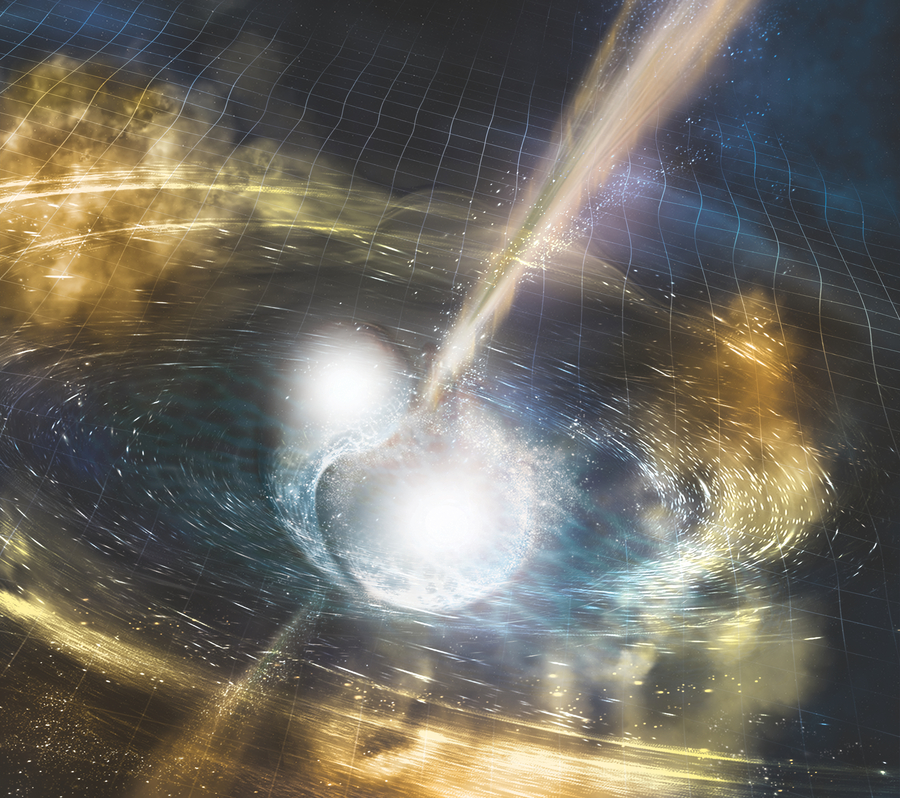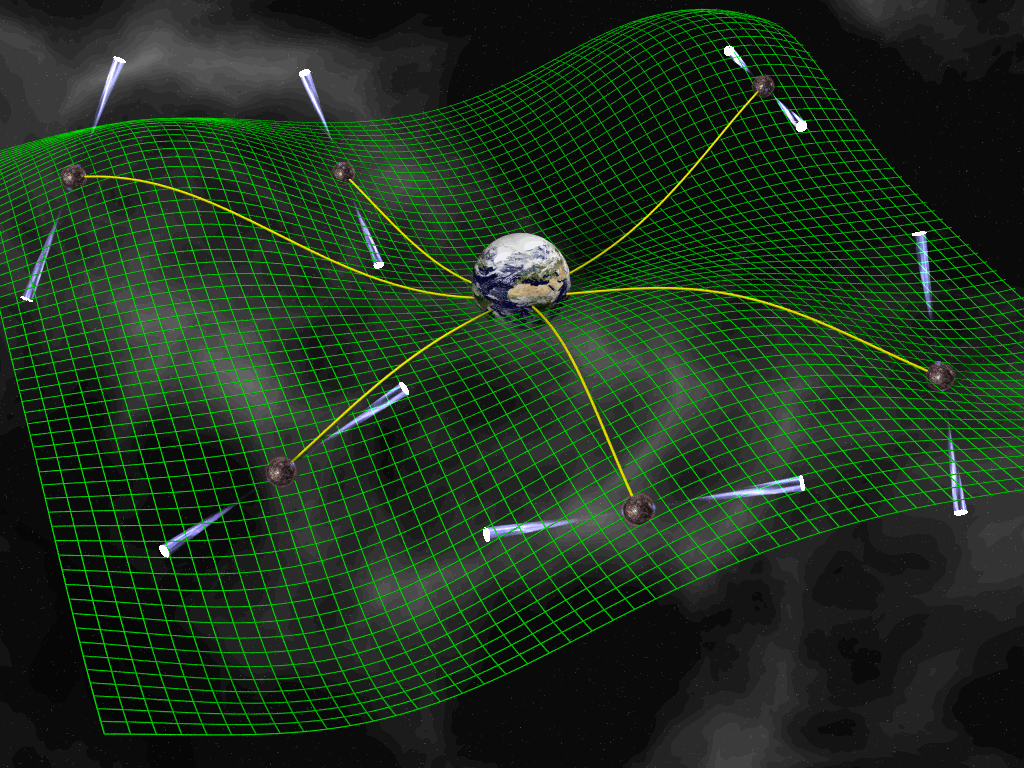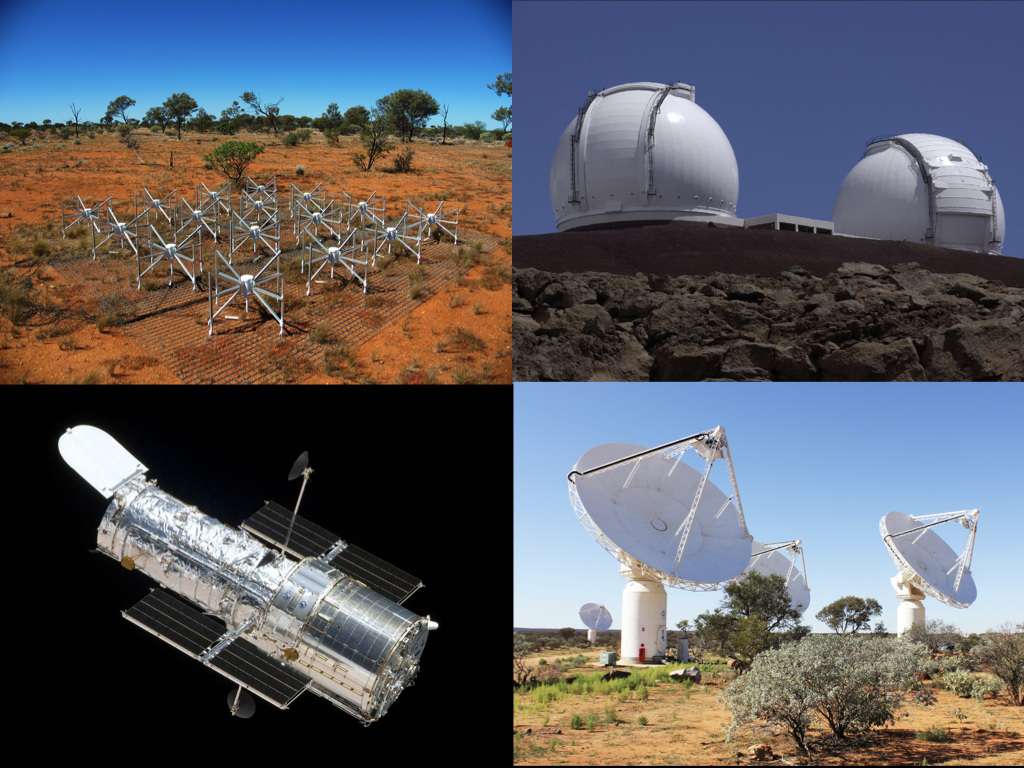LIGO: Laser Interferometer Gravitational Wave Observatory
Members of the Center play important roles in the Laser Interferometer Gravitational-wave Observatory (LIGO) Collaboration, an ambitious project to detect and study gravitational waves from astrophysical objects such as black holes and supernovae. UW-Milwaukee hosts a state of the art data center specifically designed and constructed for the analysis of data from LIGO and other astronomical observatories.

Image credit: NSF/LIGO/Sonoma State University/A. Simonnet
ZTF: Zwicky Transient Facility
The CGCA is a founding partner in the Zwicky Transient Facility, a new optical sky survey designed to find everything from asteroids to distant supernovae.
NANOGrav: North American Nanohertz Observatory for Gravitational Waves
The CGCA is part of the North American Nanohertz Observatory for Gravitational Waves, a pulsar timing array working to detect low-frequency gravitational waves with a galaxy-scale detector.

Image credit: David Champion
Observatories: Across the electromagnetic spectrum
Members of the CGCA are part of new radio telescopes such as the Murchison Widefield Array (MWA) and the Australian Square Kilometre Array Pathfinder (ASKAP) through the Variables and Slow Transients Survey Science Project, both located in remote Western Australia. CGCA members also conduct observations with the world's leading optical observatories, including the Hubble Space Telescope and Keck Observatory.

Image credits: Natasha Hurley-Walker/CSIRO/NASA/T. Wynne/JPL
MKE-UO: Milwaukee Urban Observatory
The CGCA is home to the Milwaukee Urban Observatory, where together with members of the Geography and Architecture departments we apply the techniques of astronomical imaging and analysis to the distribution of light in the city.
RNS: Rapidly rotating neutron star code
RNS [GitHub] is a code written by Nikolaos Stergioulas which constructs models of rapidly rotating, relativistic, compact stars using tabulated equations of state which are supplied by the user. Please direct questions about this program to either Sharon Morsink or Nikolaos Stergioulas. The code was mainly developed while Stergioulas and Morsink worked at UWM, Nikolaos as a graduate student and Sharon as a postdoc. Currently Nikolaos Stergioulas is a Professor at the Aristotle University of Thessaloniki (Greece) and Sharon Morsink is an Professor at University of Alberta (Canada).